OpenAI, one of the leaders in the field of AI, has just reached a significant new milestone with the launch of Sora , a revolutionary text-to-video model. Capable of generating 60-second videos from simple text descriptions, Sora marks the start of a new era in video creation. The implications of this advancement are vast, affecting both content creators, the film industry and society as a whole.
Sora's Amazing Features and Abilities
Sora isn't just another video creation tool; it is a technological feat offering unprecedented capabilities:
- Realistic Video Generation: With the ability to create minute-long videos incorporating precise details, complex camera movements and expressive characters, Sora sets a new standard for realism.
- Story Adherence: Sora's AI is designed to faithfully follow the text instructions provided, producing videos that match users' requests exactly.
- Diversity of content: Whether to illustrate lively urban scenes, soothing natural landscapes, or even imaginary characters and animations, Sora knows how to demonstrate great versatility.
- Extended Duration: The ability to create videos up to 60 seconds opens the door to more elaborate and narrative content.
First Impressions and Striking Examples
The examples of videos generated by Sora distributed by OpenAI demonstrate the extent of its capabilities:
- A snowy Tokyo where city life mixes with winter magic, demonstrating careful attention to atmospheric details.
- A cute monster , which, through its fluid and realistic interactions with its environment, evokes emotion and attachment.
Challenges and Limitations
Despite its advances, Sora faces challenges inherent to generative AI:
- Physical Simulation: The complexity of certain environments or actions can sometimes exceed Sora's capabilities, resulting in less accurate representations.
- Understanding of Causality: Certain aspects of causality may escape Sora, potentially leading to inconsistencies.
- Restricted Access: For now, Sora is only available to a limited audience, restricting its exploration and use to a handful of creators.
Impact and Implications
Sora's potential to democratize video creation is immense, but it also raises important questions:
- Democratization of video creation: Sora could enable emerging talents to produce high-quality visual content with limited resources.
- Film industry upheaval: Traditional creative processes could be challenged, potentially affecting jobs and production methods.
- Ethical considerations: The ease of creating realistic videos raises questions about the manipulation of information and the risk of deepfakes.
OpenAI is committed to working with experts and creatives to ensure the ethical use of Sora. The goal is to discover positive applications of this technology while carefully navigating through the ethical challenges it presents.
But how does it work ?
To understand how Sora, OpenAI's advanced text-to-video model, works, it's essential to look at the fundamentals of its architecture and capabilities. Sora illustrates a significant advance in the field of generative artificial intelligence, particularly in the creation of videos from textual descriptions. Here is a simplified explanation of how it works:
Transformation of Visual Data into Patches
Sora transforms videos and images into a unified representation that makes it easy to train generative models at scale. This transformation is carried out by first compressing the videos into a latent space of reduced dimensions, then by decomposing this representation into spatio-temporal patches. These patches act as tokens for the model, similar to how text tokens work for language models.
Transformer Architecture for Patch Processing
Sora uses a transform architecture that operates on these spatio-temporal patches. Transformers are known for their effectiveness in various fields, including language modeling and computer vision. In the case of Sora, this architecture allows the model to efficiently handle videos and images of varying durations, resolutions and aspect ratios, providing remarkable flexibility in video content generation.
Broadcast Model for Video Generation
Sora is a diffusion model, a category of generative models that works by gradually reversing a noise process to generate data from noise. Starting with noisy patches (and conditional information such as text prompts), Sora is trained to predict the original "clean" patches. This approach allows you to create high-fidelity videos from text descriptions.
Flexible Generation Capacities
Sora can generate a wide variety of video content, including varying lengths, resolutions and aspect ratios, up to one minute of high definition video. It can also be used to generate images, extending its versatility.
Use of Descriptive Captions and Interaction with Language
The system takes advantage of a large quantity of videos accompanied by text captions to improve its understanding of the language and its ability to generate videos that accurately match users' prompts. By using re-captioning techniques, Sora improves the textual fidelity and overall quality of the generated videos.
Video Editing and Extension
Sora can not only create videos from text descriptions but also edit existing videos or extend them over time, providing a wide range of creative possibilities for editing videos and images.
Emerging Simulation Capabilities
Trained at scale, Sora manifests fascinating emergent abilities, such as 3D coherence, object permanence over long durations, and simulation of simple interactions with the world. These properties suggest Sora's potential as a general simulator of the physical and digital world.



Share: